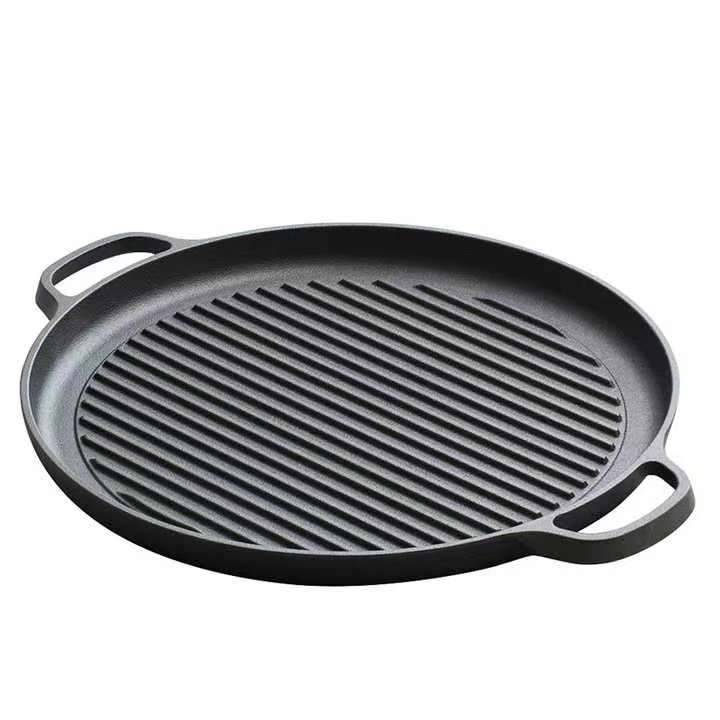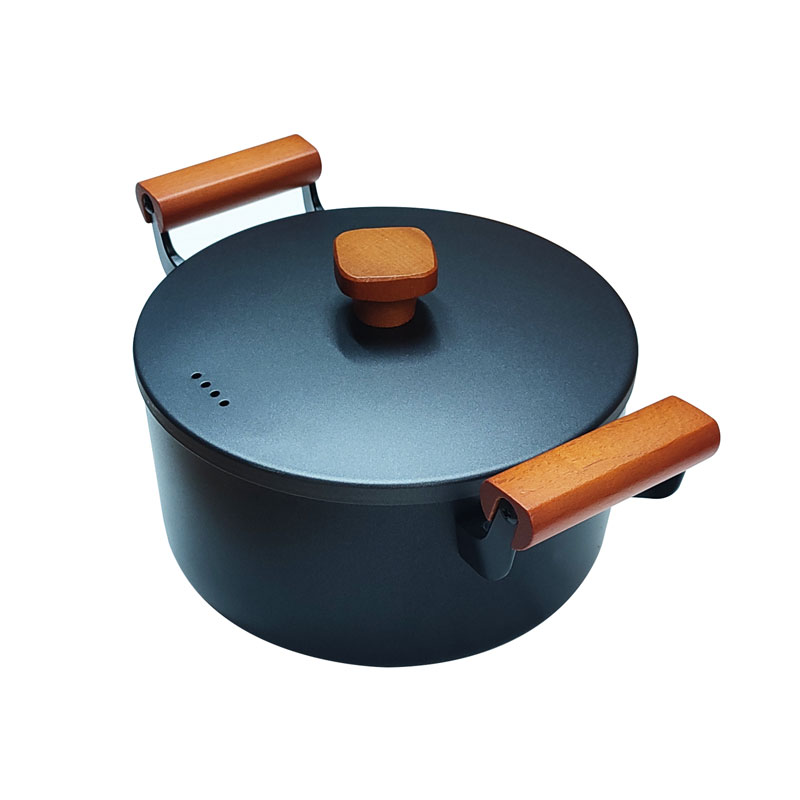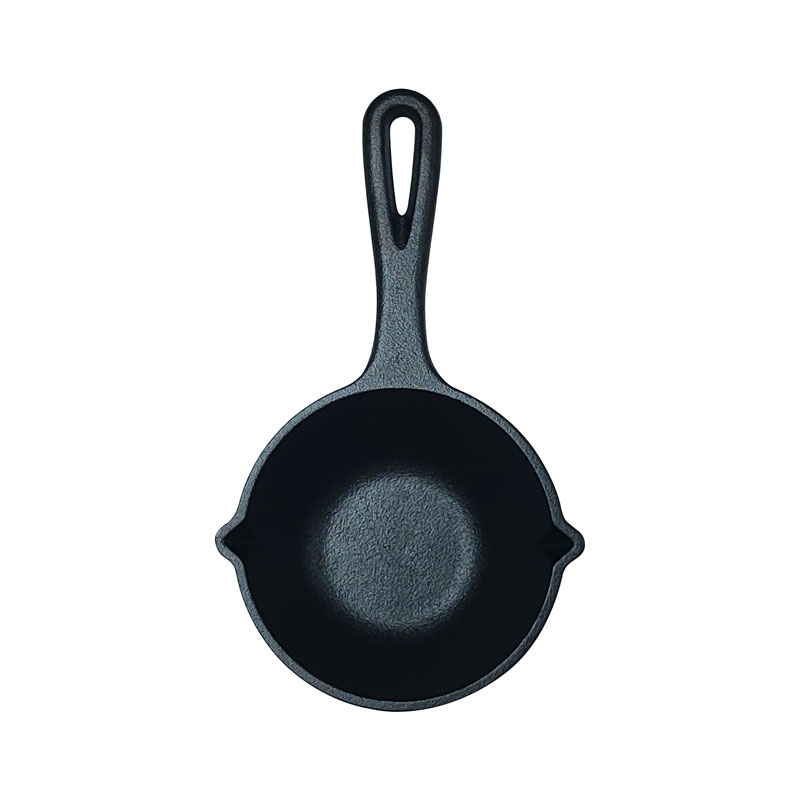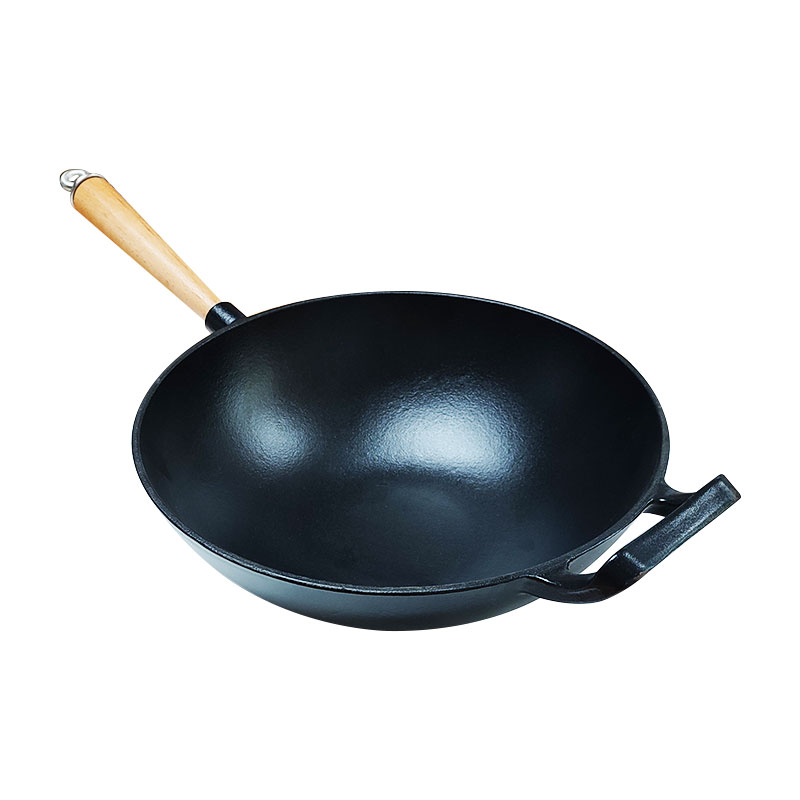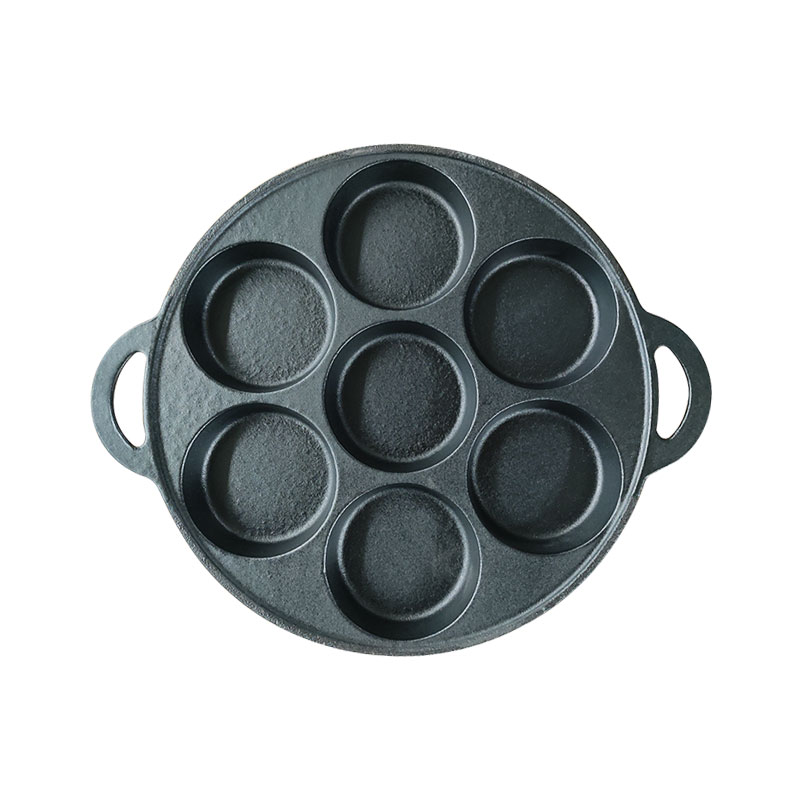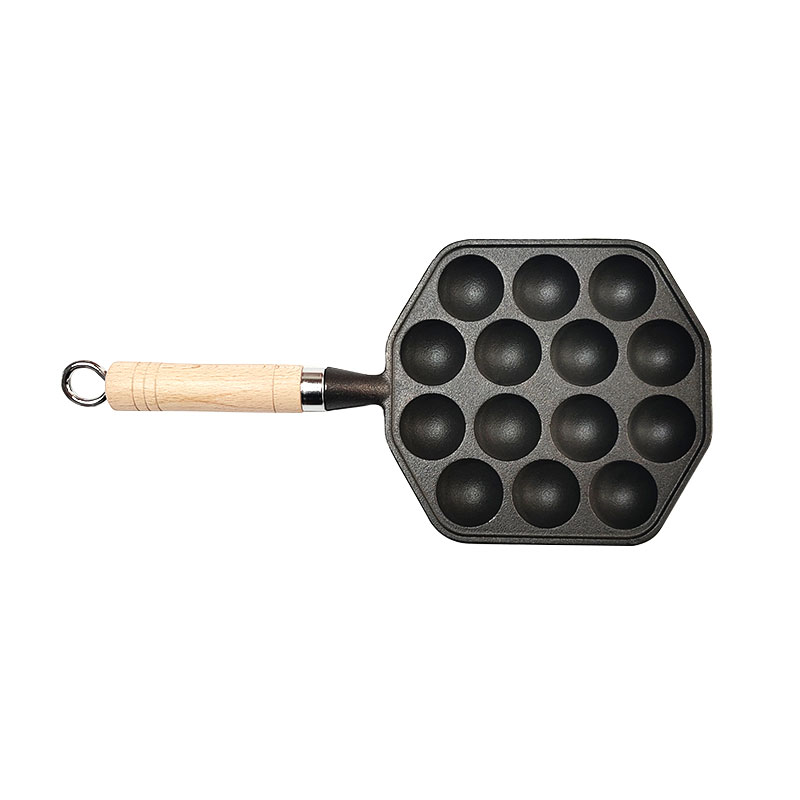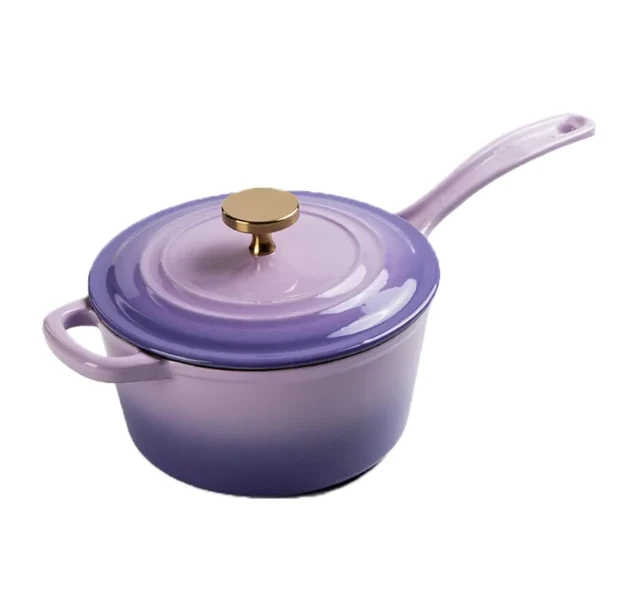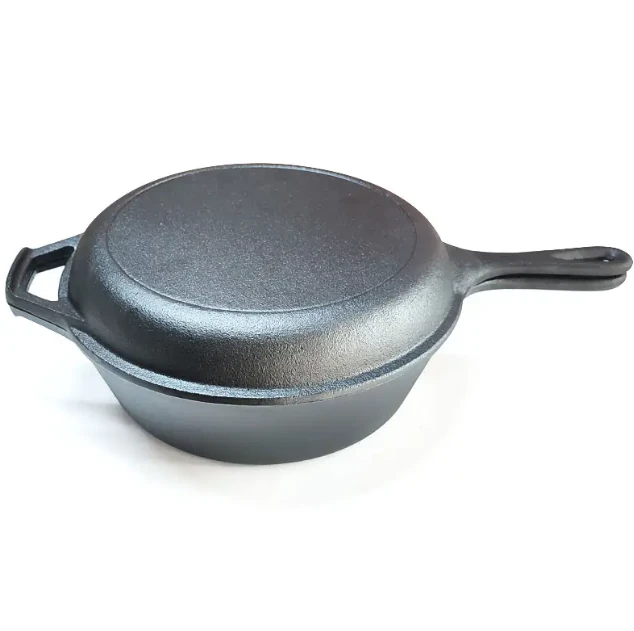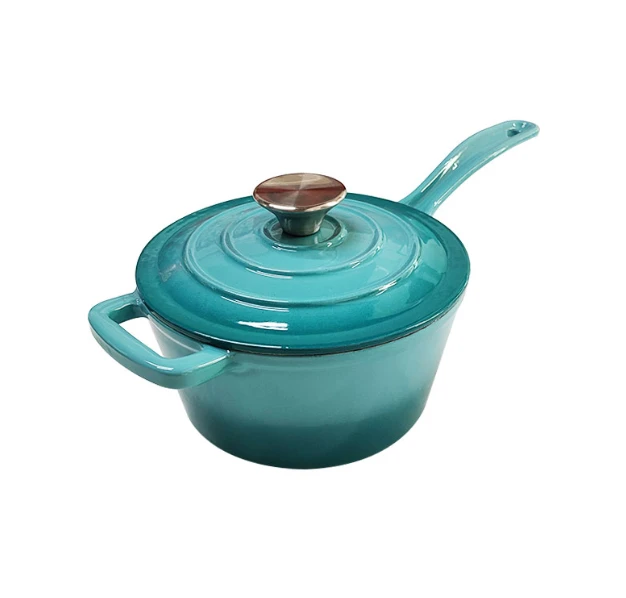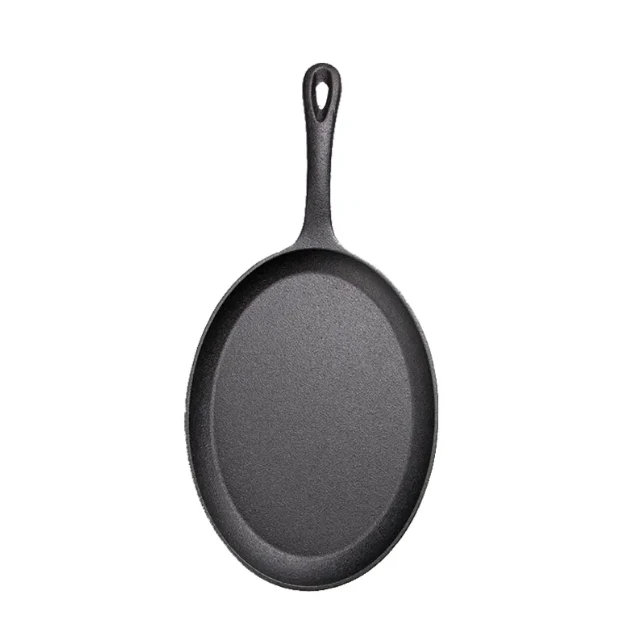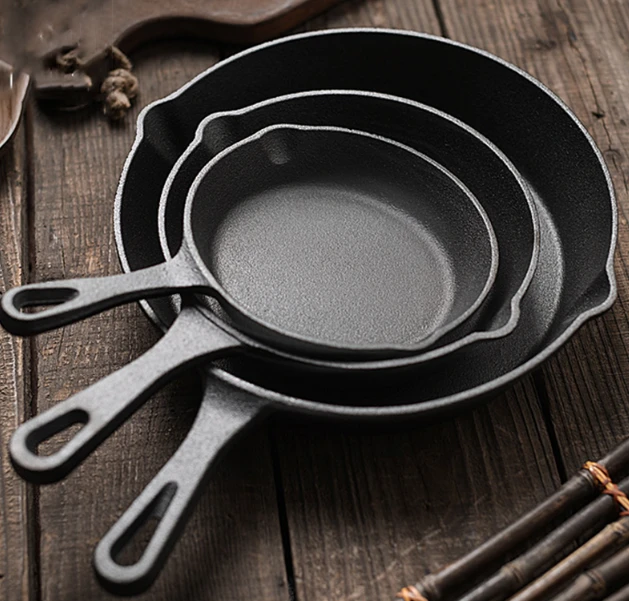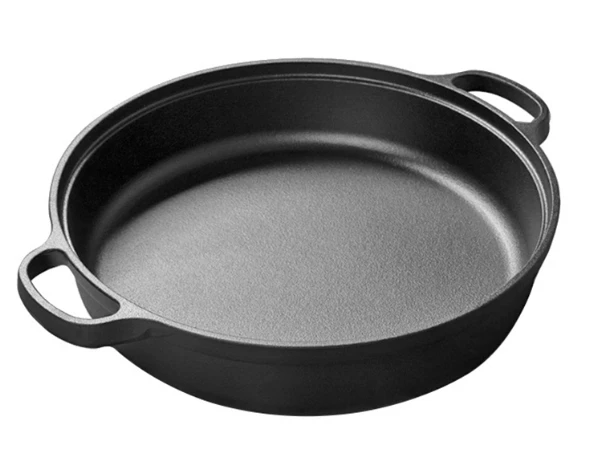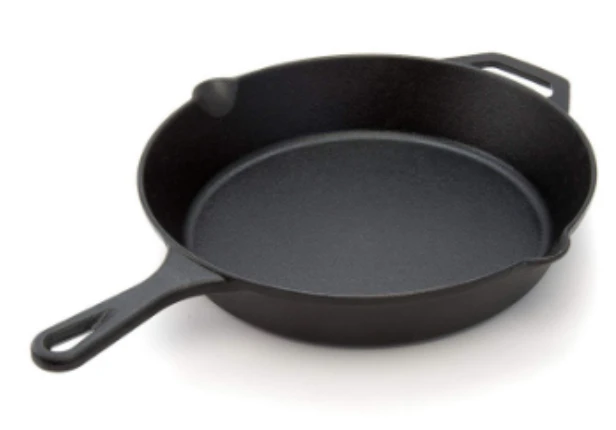- အာဖရိကန်
- အယ်လ်ဘေးနီးယန်း
- Amharic
- အာရဗီ
- အာမေးနီးယန်း
- အဇာဘိုင်ဂျန်
- ဥေ
- ဘီလာရု
- ဘင်္ဂါလီ
- ဘော့စနီးယား
- ဘူဂေးရီးယား
- ကတ်တလန်
- စီဘူနို
- Corsican
- ခရိုအေးရှား
- ချက်
- ဒိန်းမတ်
- ဒတ်ခ်ျ
- အင်္ဂလိပ်စာ
- အက်စပရန်တို
- အက်စ်တိုးနီးယား
- ဖင်
- ပြင်သစ်
- Frisian
- စီယံ
- ဂျော်ဂျီယံ
- ဂျာမန်
- ဂရိ
- ဂူဂျာရတ်
- Haitian Creole
- Hausa
- ဟာဝိုင်အီ
- ဟီး
- မရှိ
- Miao
- ဟန်ဂေရီ
- အိုက်စလန်
- igbo
- အင်ဒိုနီးရှား
- အိုင်ယာလန်
- အီတလီ
- ဂျပန်
- ဂျာဗား
- ကန်နာဒါ
- ကာဇါ
- ခမာ
- ရဝမ်ဒါ
- ကိုးရီးယား
- ကာ့ဒ်
- ခရူ
- အလုပ်သမား
- လက်တင်
- အံ
- လစ်သူယေးနီးယား
- လူဇင်ဘတ်
- မက်ဆီဒိုးနီးယား
- အာလာဂါစီ
- မလေး
- မလေး
- မောလ်
- မော်ရီ
- မာရသီ
- မွန်ဂိုလီးယား
- မြန်မာ
- နီပေါ
- နော်ဝေ
- နော်ဝေ
- Occitan
- ပါရှတို
- ပါရှန်း
- ပိုလန်
- ပေါ်တူဂီ
- ပန်ချာပီ
- ရိုမေးနီးယား
- Russian
- ဆာမိုအန်
- Scottish Gaelic
- ဆားဘီးယား
- အင်္ဂလိပ်စာ
- ရှိုနာ
- ဒြီ
- ဆင်ဟာလာ
- လိုဗက်
- စလိုဗေးနီးယန်း
- ဆိုမာလီ
- ငပိ
- ဆူဒန်
- ဆွာဟီလီ
- ဒိ
- တဂါလော့
- တာဂျစ်
- တမီလ်
- တတာ
- အဂု
- ထိုင်း
- တူရကီ
- တာ့ခ်မင်၊
- ယူကရိန်း
- အူရဒူ
- ဝီဂါ
- ဥဇဘက်
- ဗီယက်နမ်
- ဝလေ
- ကူညီကြပါ
- ရီစရာ
- ရိုရုဘာ
Cast Iron Frying Pan FAQs
Is This Pan Truly Nonstick?


Is This Pan Truly Nonstick?
Yes, it has a seasoned coating that offers natural nonstick cooking.
Can I Use It on an Induction Stove?


Yes, the flat bottom works well on all stovetops including induction.
How Do I Maintain the Nonstick Layer?


Clean gently, dry completely, and oil lightly after each use.
Is It Oven Safe?


Yes, it can be used in the oven up to high temperatures.
Does It Come Pre-Seasoned?


Yes, it's ready to use right out of the box.


Cast Iron Cookware အရောင်းအ၀ယ်များအတွက် ယခုစုံစမ်းပါ။
ကျေးဇူးပြု၍ အောက်ဖော်ပြပါ ဖောင်ကိုဖြည့်ပါ စျေးနှုန်း၊ ကုန်ပစ္စည်းအသေးစိတ်နှင့် စိတ်ကြိုက်ရွေးချယ်စရာများနှင့်အတူ ကျွန်ုပ်တို့၏အဖွဲ့သည် သင့်ထံ ပြန်လည်ရောက်ရှိပါမည်။










